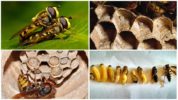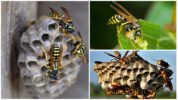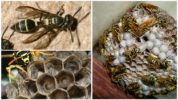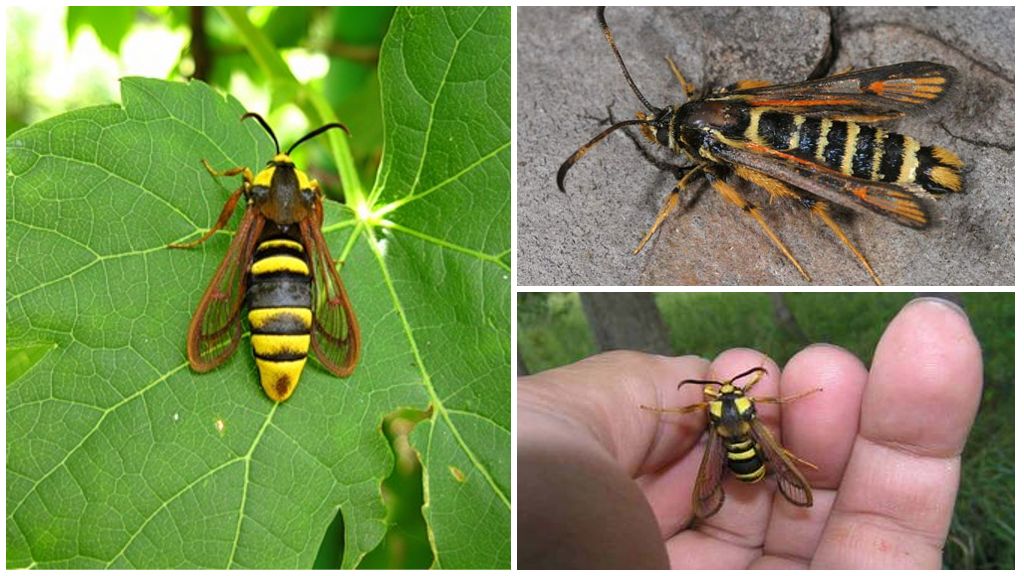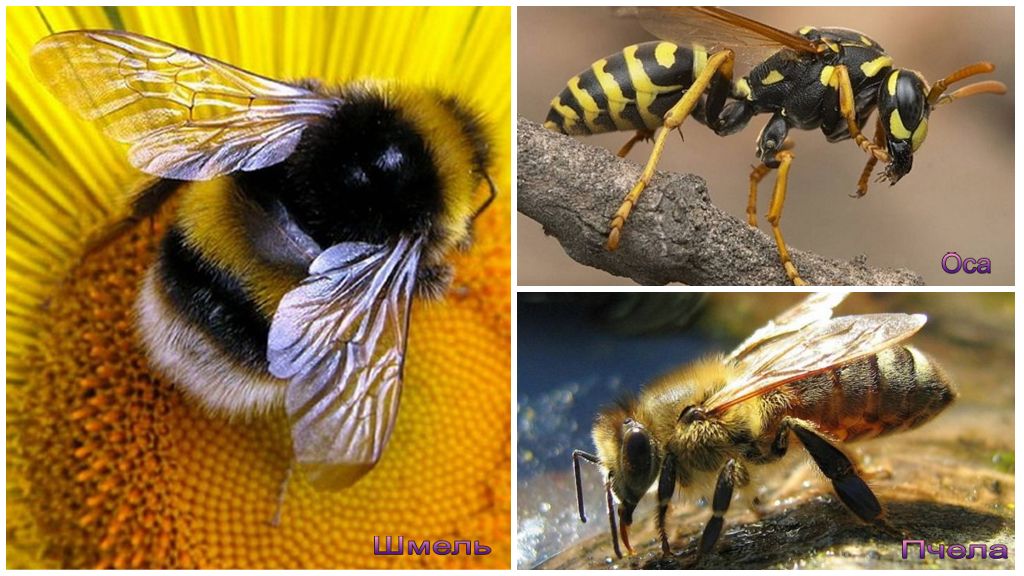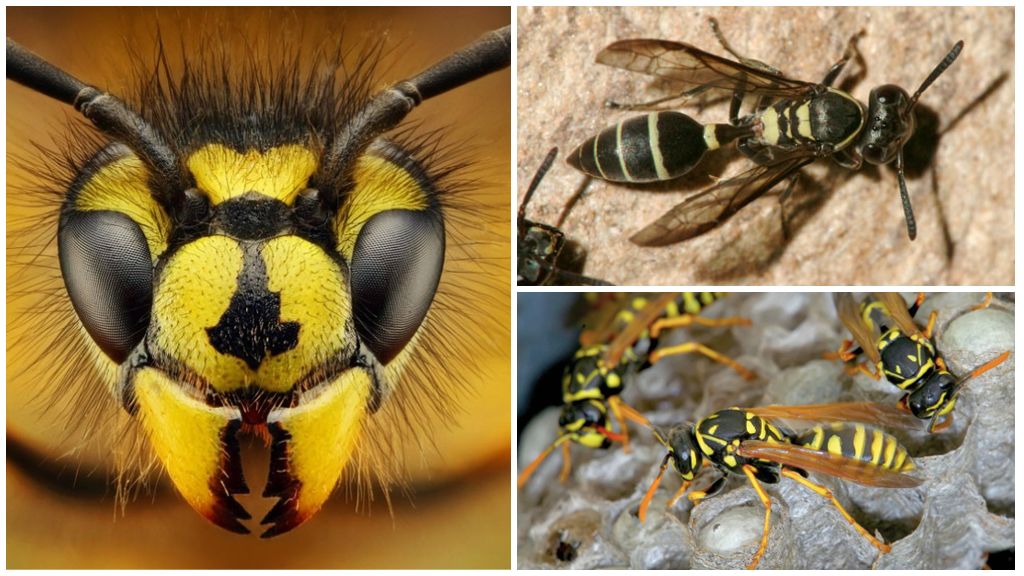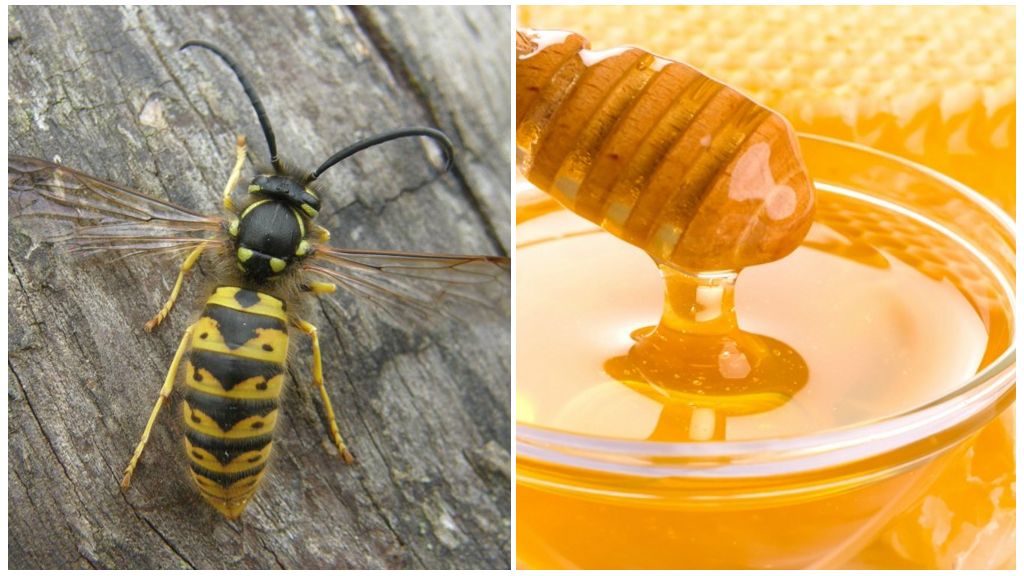- Breeding wasps
- Life wasps
- Wasp larvae
How wasps breed depends on the variety of insect. Single wasps lay eggs on beetles, a bear, their larvae, bury them in the ground. After several hours, a larva appears, begins to feed on the insides of the victim, at the end of the cycle pupates, an adult insect gets out of the ground. Breeding public wasps happens differently than is of particular interest.
Life cycle features
Young fertilized females with the onset of autumn are looking for a place for wintering. It can be wooden buildings, hollows, tree trunks with bark, old stumps. With the first frosts in the body of the insect, metabolic processes slow down, wasp falls into suspended animation, falls asleep.
With the onset of warm days, around the end of April, the uterus wakes up. Looks for a favorable place for the future nest. Lays the foundation, builds a cell, lays an egg there. Each larva requires a separate camera. The uterus takes care of the offspring, feeds gruel from chewed insects. Larvae in return secrete sticky saliva, which the female eats. There is a mutual exchange of food.
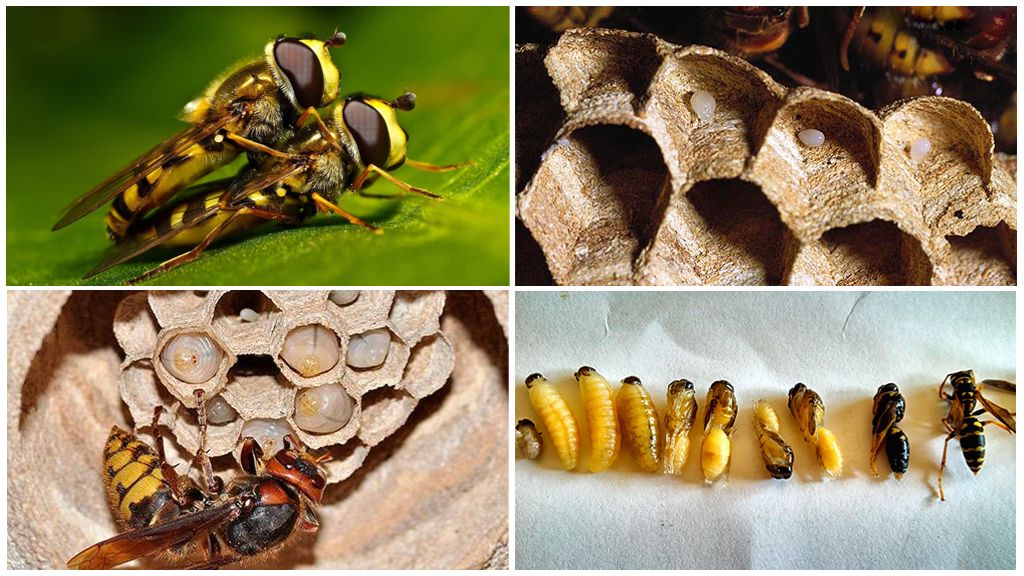
After 14-20 days, adults appear - unfertilized females, called “working individuals”. In the future, they are engaged in the construction of the nest, the extraction of food, and the feeding of larvae. Workers live for about a month.
On a note!
The uterus continues to lay eggs until August. For the whole life it is able to lay 1500 eggs.
At the end of September, working individuals destroy eggs, larvae, pupae, die themselves, the uterus dies. Only young prolific females survive.
The life cycle of wasps depends on the variety - working individuals live for about a month, the uterus for a year, drones for several weeks.
Breeding wasps
At the end of the summer, working individuals attach large honeycombs to the nest. There the uterus lays eggs. After 20 days, young prolific females will appear, males - drones. For some time, the younger generation is in the nest, eating, gaining strength. At the end of August they fly out. Mating wasp at the end of summer, beginning of autumn. Once is enough for the uterus to lay eggs for life.
The old swarm dies with the onset of the first frost. Young uterus after a successful wintering begins to build a nest, reproduce eggs. During the entire warm season, predominantly working individuals appear, only in August - prolific females, males. In the mating season, wasps are especially active and aggressive. If a person accidentally approaches a nest, the entire swarm attacks. Therefore, at the end of summer you need to be especially careful in nature.
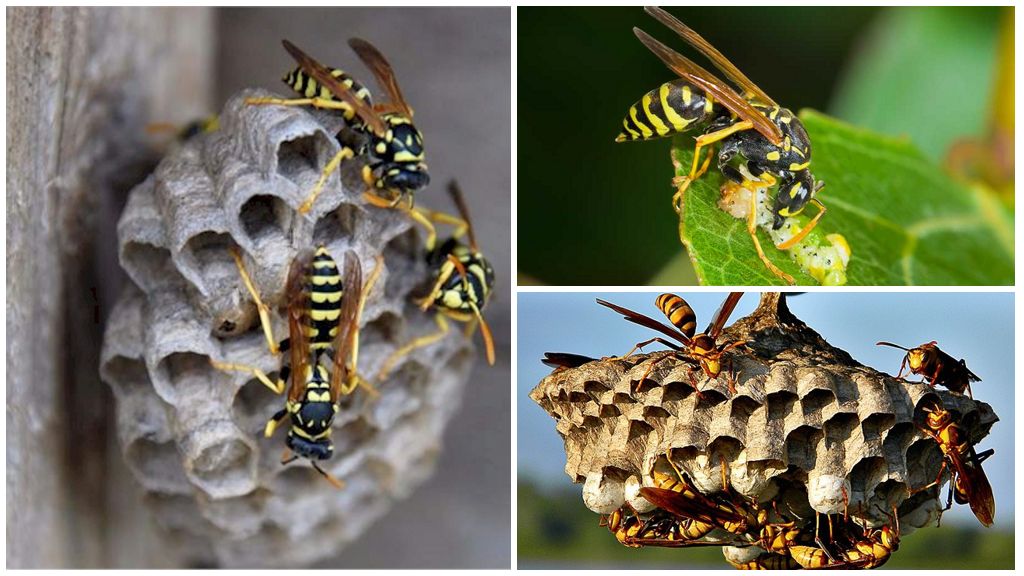
Interesting!
In countries with a warm climate, public wasps live for several years, the family has several thousand individuals, and a nest in diameter reaches 60 cm. Some uterus prefer not to build their own nestbut to conquer. Sneaking into someone else's hive, kills the queen, she takes her place. Over time, only her offspring live in the nest.
Larval development
Each egg is laid by a female in a separate cell. After a few hours, a larva appears - a thick, legless white worm. Sedentary, absolutely can not take care of herself. Eats extremely active, development requires only protein food. After 14 days, the larva weaves a cocoon, closes the entrance to the cell.In this state, it stays for about a week. From there adult adults fly out, who immediately begin to carry out their duties.
Interesting!
In some families, young females help replenish the colony. They lay their eggs, but do not pretend to be the queen. However, with the tragic death of the uterus, it is calmly replaced. In such a swarm, fertile females, males, are born not only at the end of summer, but periodically throughout the season, ready to mate at any time. The wasp family was called polysty.
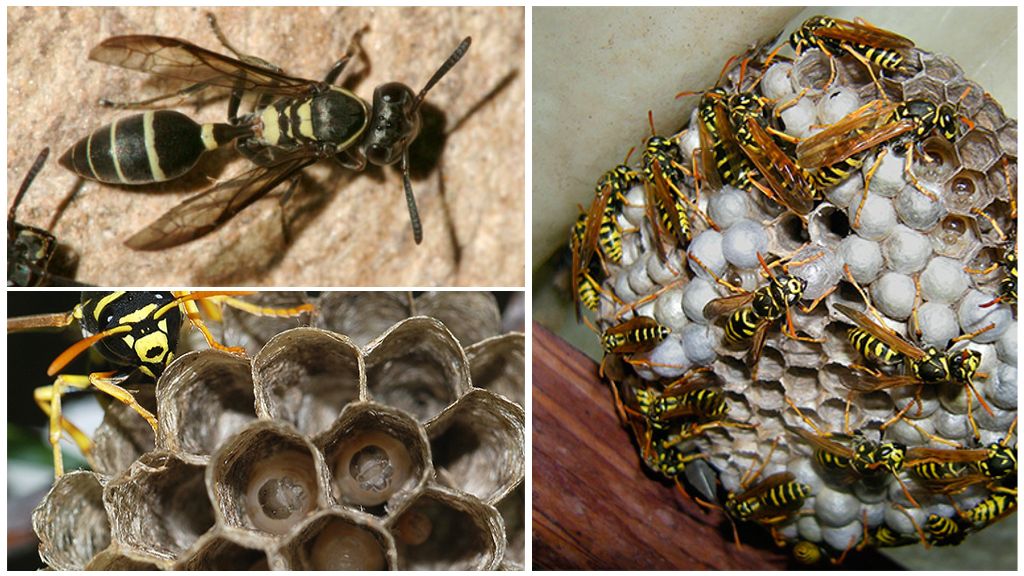
How the wasp feeds the larvae is a very exciting process. Chews the insect, forms small balls, feeds to the young.
How a wasp breathes
In addition to food, water, air is needed to sustain life. The respiratory organs of wasps is a whole system of tubes, sacs. Scientists call them tracheas. Breathing is carried out through special spiracles located on the sides of the body. Presented in the form of tubes, end with special bags inside the body.
Numerous tubes that support the functions of internal organs depart from the air sacs. The insect can control the oxygen supply during breathing using a closing valve. Thanks to him, dust and dirt do not get inside.
Wasp in the process of breathing makes contraction of the muscles of the abdomen, chest. Air enters the trachea, is pushed out. The number of breaths depends on the ambient temperature. The need for fresh oxygen is very high. Respiratory sacs are well developed in the uterus, but most of all in drones.
